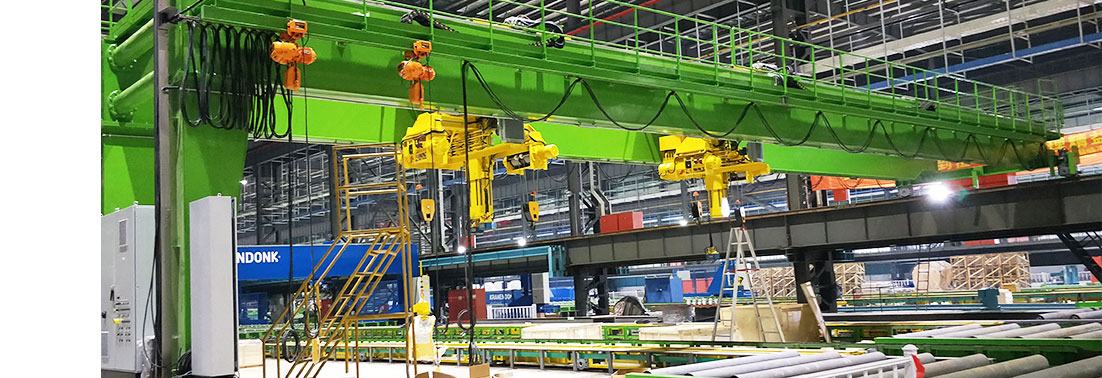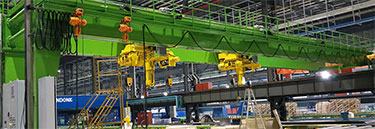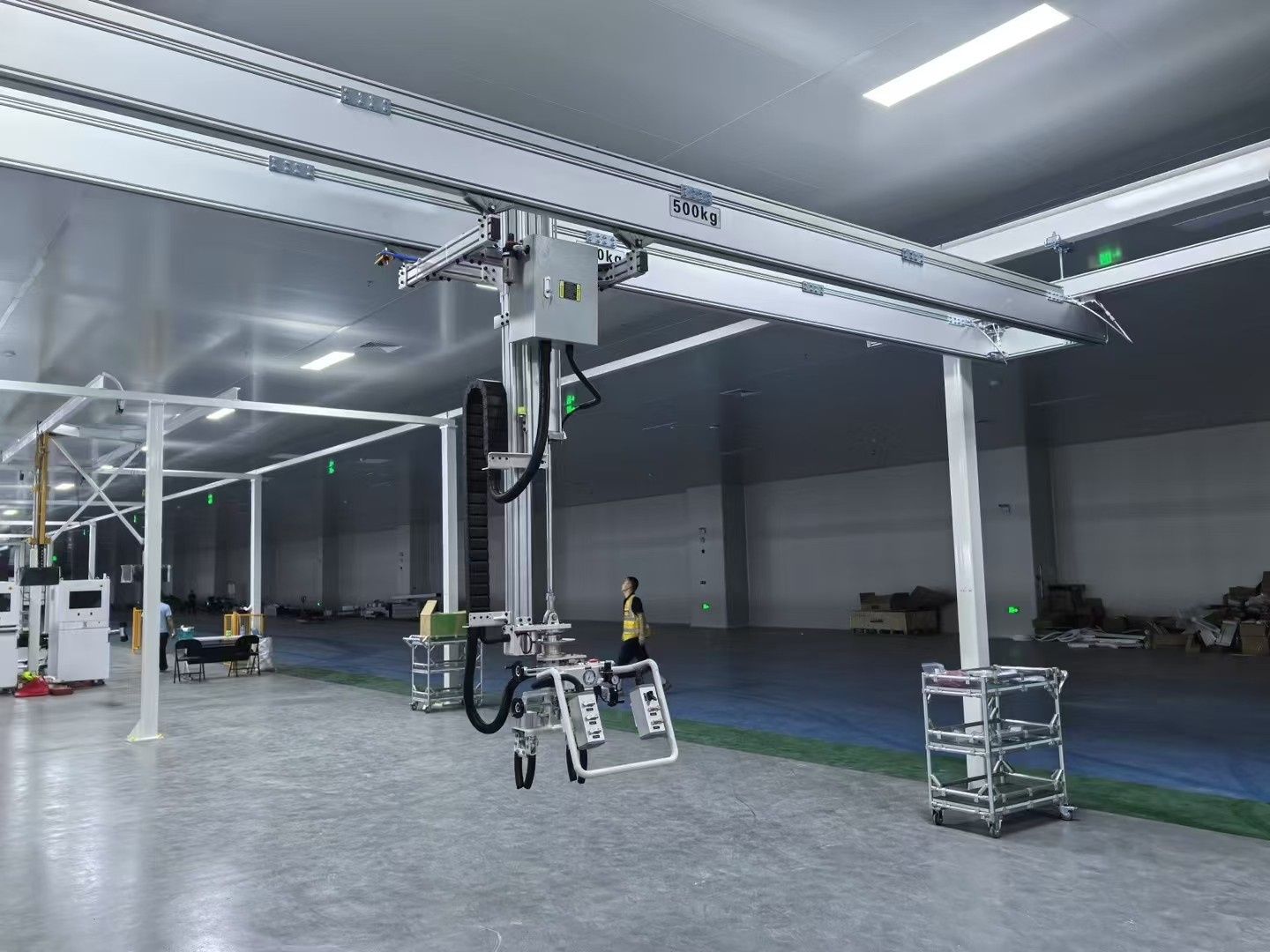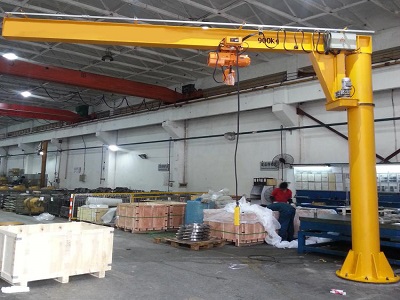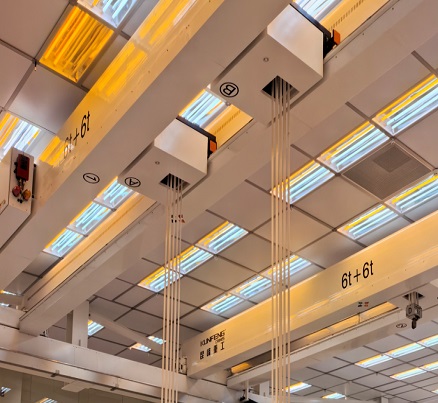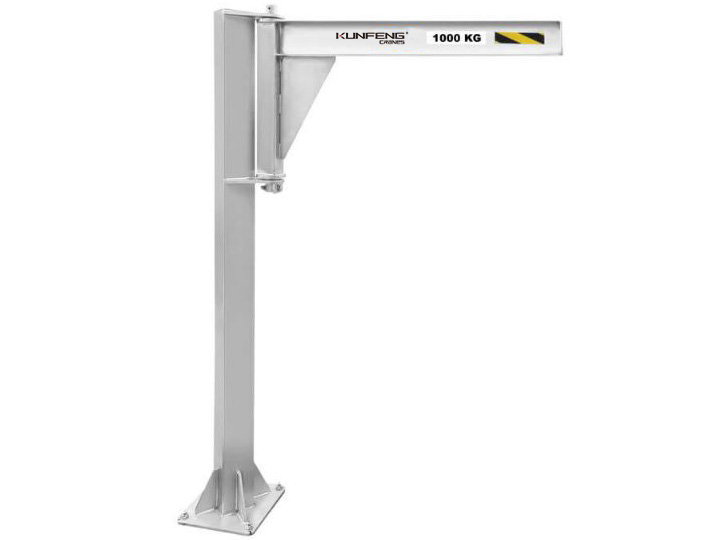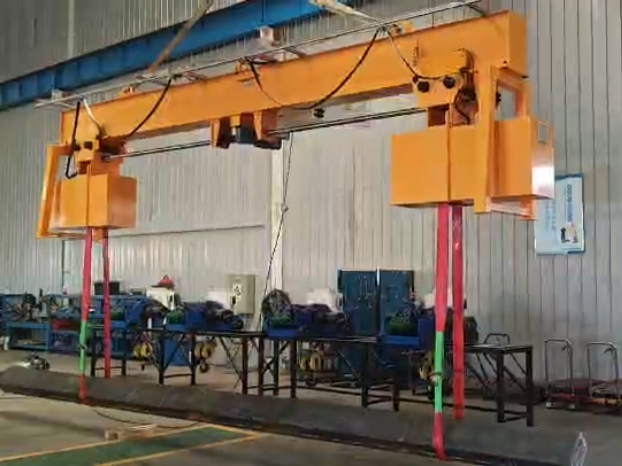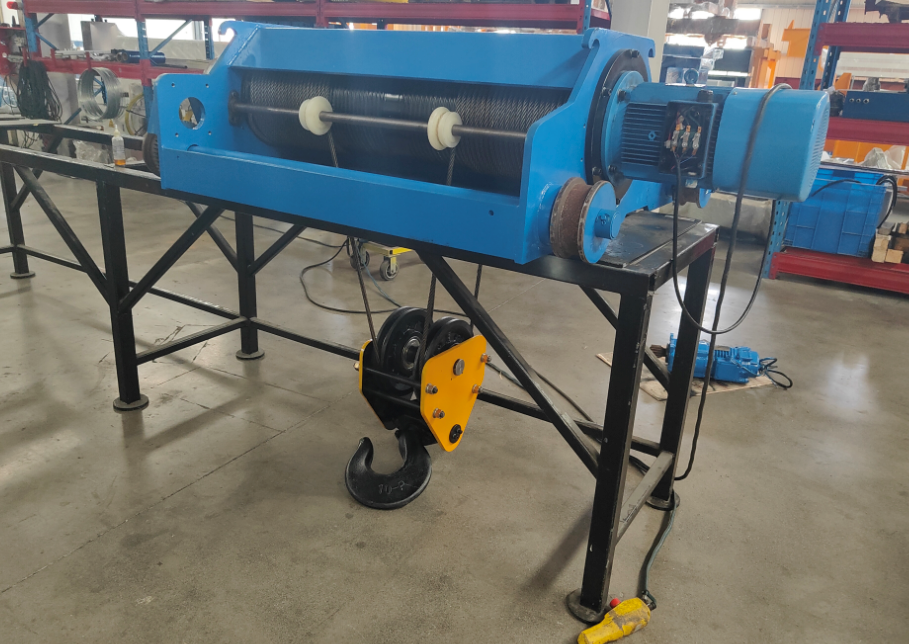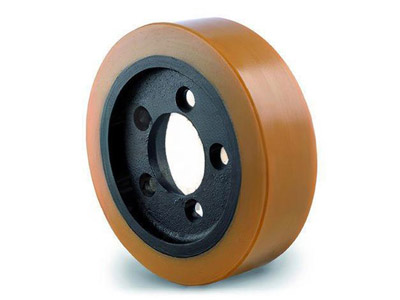
| Polyurethane-Covered Wheels in AGV System
Polyurethane-covered wheels have the functions of bearing, driving, shock absorption, buffering, providing traction, and positioning accuracy in automatic guided vehicles (AGVs), achieving flexible operation, low maintenance, and friction resistance requirements. The following is an analysis of the specific roles and advantages:
1. Functions of polyurethane wheels in AGVs
• Bearing and driving: Supporting the weight of the AGV and the weight of the goods it carries, generally 1-5 tons, and some bearing weights will be higher and can be customized according to the situation.
• Shock absorption and buffering: Polyurethane materials have excellent elastic modulus, which can absorb vibrations during AGV driving and protect the vehicle from impact. At the same time, they have buffering properties and reduce operating noise (compared to metal wheels, they can reduce about 20-30 dB).
• Provide stable traction: The hardness of urethane wheels can be customized to ensure sufficient friction with the ground to prevent AGVs from slipping when starting, braking, or turning, especially on smooth surfaces (such as epoxy floors) or slightly oily environments.
• Precise positioning and motion control: The low deformation characteristics of polyurethane wheels ensure that AGVs maintain smooth operation in high-speed or high-precision scenarios (such as semiconductor workshops), avoiding path deviation caused by wheel deformation.
• Ground protection: Non-marking polyurethane wheels avoid scratches or indentations on the ground (such as warehouse epoxy coatings and tiles), reducing site maintenance costs.
• Adapt to complex environments: Chemical corrosion resistance enables it to cope with detergents, grease, or mild acid and alkali environments, extending the life of the wheels.
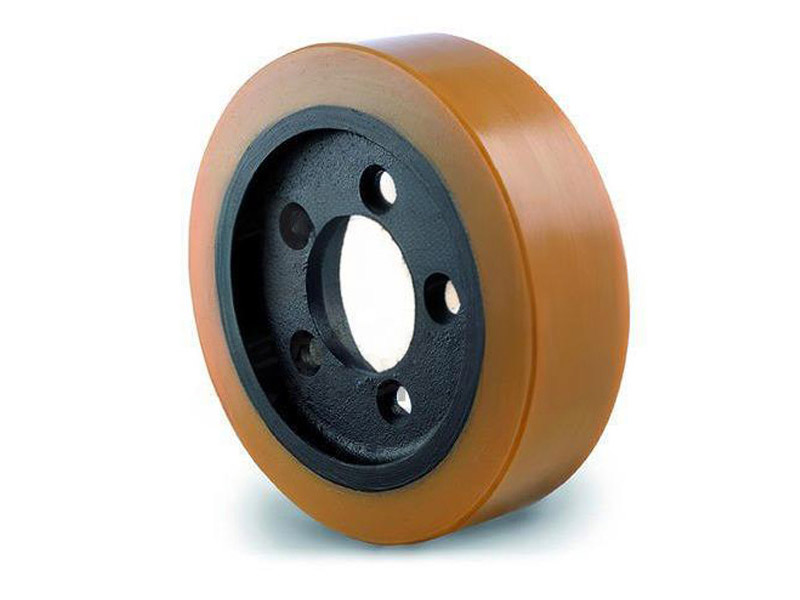
2. The core advantages of poly-covered wheels in AGVs
• High load and durability: The load capacity of a single wheel can reach 1-5 tons (depending on the specifications), which is much higher than that of rubber wheels, and the wear resistance is 3-5 times that of rubber, reducing the frequency of replacement (usually more than 20,000 hours of life).
• Low rolling resistance: The polyurethane formula with moderate elasticity can reduce the energy consumption of the AGV drive motor and improve battery life (saving about 10-15%).
• Wide temperature adaptability: wide operating temperature range (-40℃ to +120℃), suitable for extreme environments such as cold storage and high-temperature workshops.
• Customized design: different AGV models and scene requirements can be matched by adjusting hardness (such as Shore A 70-95), diameter, and other parameters (such as anti-static wheels for electronic workshops).
Low maintenance cost: lubrication-free design, excellent anti-aging performance, and reduced downtime maintenance time.
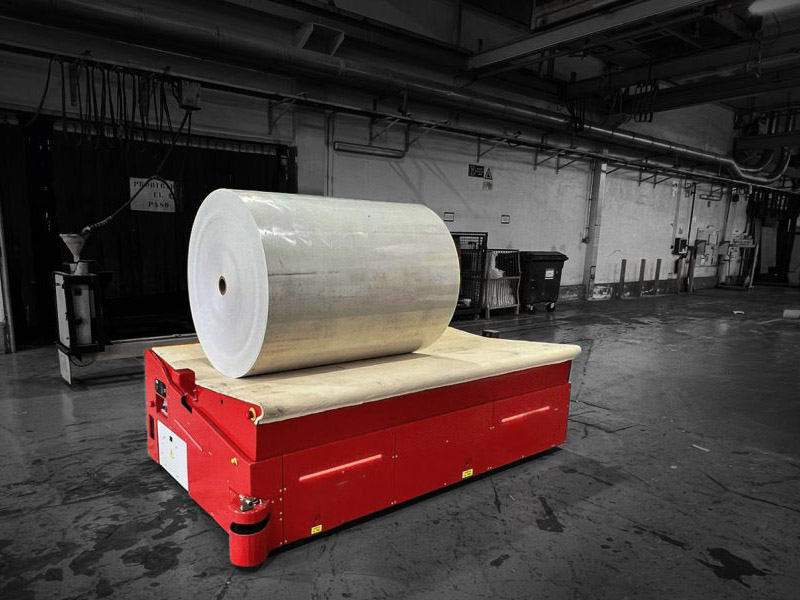
3. Compensation for the disadvantages of other materials
vs rubber wheel: higher wear resistance, lower deformation rate, avoiding rubber aging and cracking problems.
vs. nylon wheel: It has better shock absorption ability and reduces the impact of the AGV on the ground.
vs metal wheel: no noise, no sparks, suitable for flammable and explosive environments (such as chemical plants).
Polyurethane-tired wheels have become an ideal choice for AGV systems due to their high load, long life, low energy consumption, and environmental adaptability. They are especially suitable for precision manufacturing, pharmaceutical logistics, cold chain warehousing, and other scenarios, significantly improving the reliability and economy of automated handling systems.

